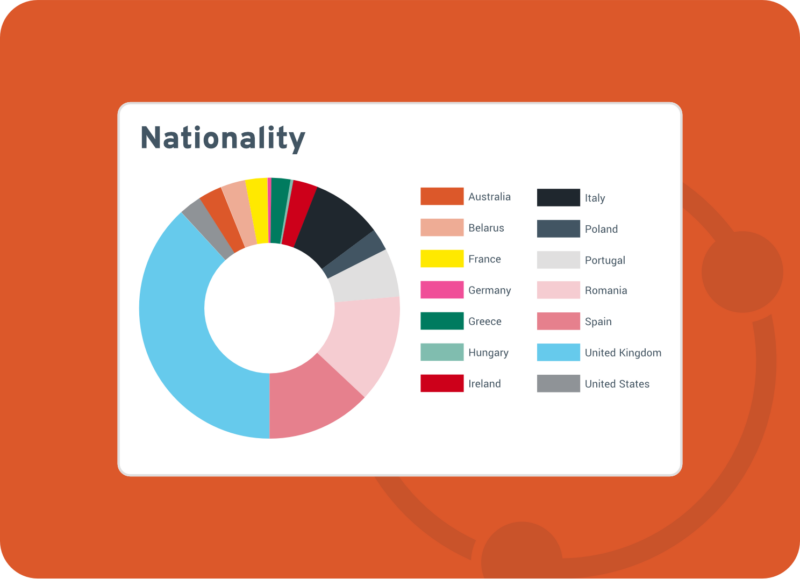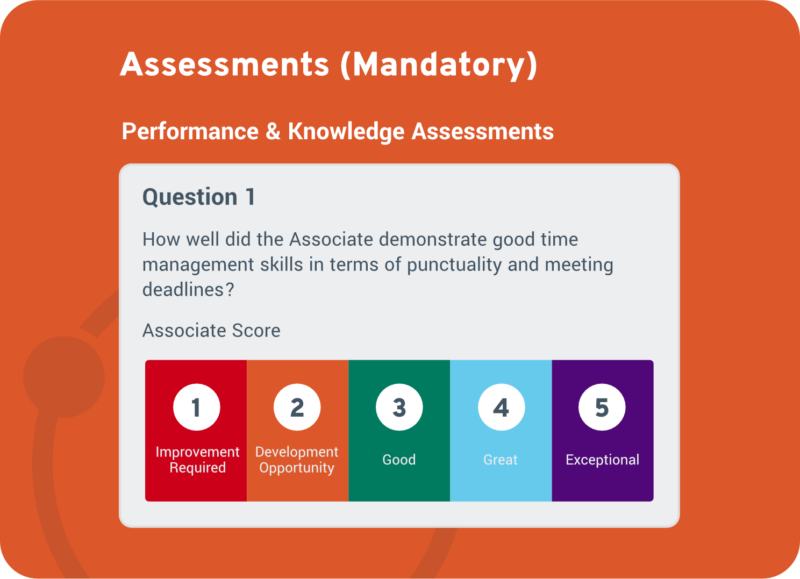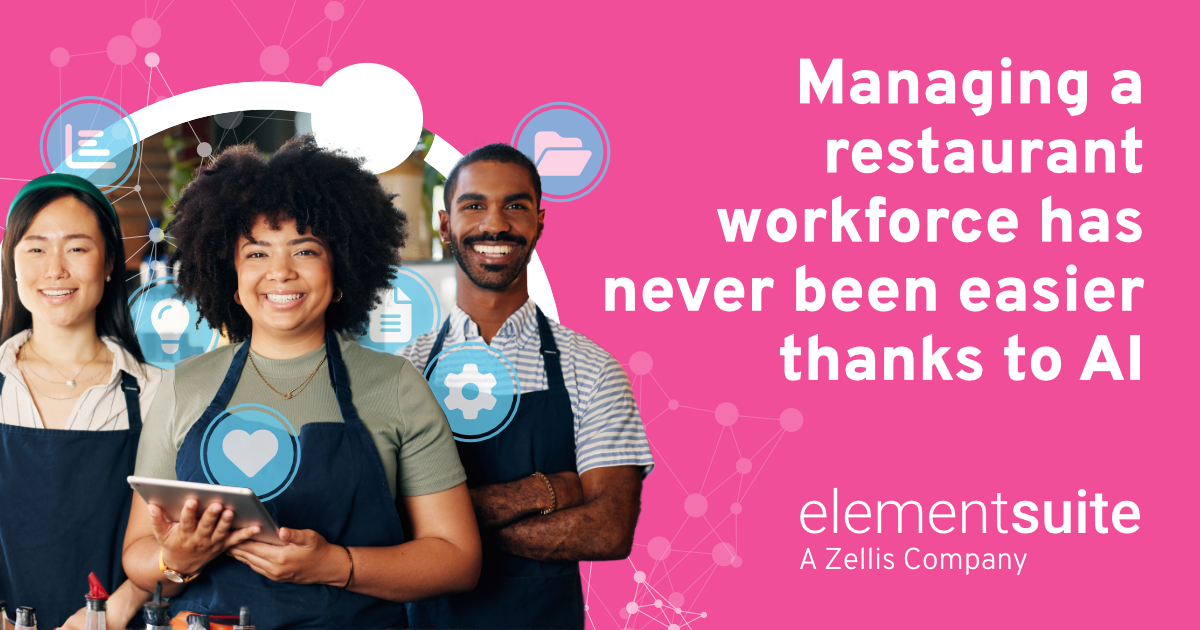Equity, Diversity and Inclusion (ED&I) has long been a priority on the HR agenda. However, after the tragic death of George Floyd in May 2020 and the subsequent global protests against racism that followed, ED&I has been thrust into the spotlight like never before.
On top of that, we have the introduction of the Corporate Social Responsibility Directive (CSRD). While this may be an EU regulation, if UK-based organisations have subsidiaries, branches, or parent companies within the EU, they may also need to comply. As such, organisations across the globe are reporting on ED&I data, such as gender pay gap, diversity of board members and employees, and equal opportunities.
However, ED&I goes beyond just ticking the boxes and achieving legal compliance. It is a strategic advantage that helps create an environment where everyone feels respected, welcomed and included.
If we look at some of the research conducted over the years:
- A global McKinsey & Co. study of more than 1,000 companies in 15 countries found that organisations in the top quartile of diversity outperform their peers in profitability by 25%.
- A Gallup study of more than 800 business units across hospitality and retail verticals found that gender-diverse units achieve higher revenue than less gender-diverse units.
- Researchers from Harvard Business Review found that companies with higher diversity achieve a higher success rate for investments than those with less diverse companies.
These are just a few data-driven insights that show the positive correlation between ED&I and organisational financial performance. Research additionally suggests that:
- Employees give higher Glassdoor ratings to employers who have strong ED&I initiatives;
- Generation Z job seekers say a company’s commitment to diversity and inclusion is important when choosing an employer;
- A diverse and inclusive workforce is more likely to be engaged, creative, and innovative.
These findings make a compelling case for why every organisation should prioritise their ED&I efforts. But the question is, are we doing enough? Are we truly addressing the gaps in our ED&I strategies and initiatives?
Making ED&I a business priority
This may be stating the obvious, but if an organisation’s leadership and management do not make ED&I a priority, then it is unlikely that any significant progress will be made. ED&I efforts must be supported from the top down and embedded into the company culture. Leaders must acknowledge their pivotal role in driving change and recognise that fostering a genuinely inclusive workplace demands continuous effort, commitment, and authentic investment.
However, this necessitates a shift towards a consultative approach from HR leaders, who should collaborate closely with business leaders to understand their objectives and explore how equity, diversity, and inclusion (ED&I) initiatives can support those goals.
Just as you set targets for customer satisfaction and financial performance, establishing clear metrics for inclusivity helps make it a focal point in decision-making processes. For instance, if you are aware that 25% of your leadership is women and want to increase that to 30%, then you know that you need to adjust your senior talent management strategies accordingly.
It all starts with the business priority. When you make ED&I an organisation-wide priority and have that end goal in mind, it becomes easier to set targets that align with the business goals.
However, when setting targets, don’t just focus on what others are doing. Yes, it is good to benchmark yourself against others in the industry. But remember, your unique organisation will have its own unique goals and aspirations. Focus on that rather than just following the crowd.
This is especially important for organisations with multiple brands under one umbrella. One brand may have a completely different consumer base and employee base than the other, and therefore, your ED&I strategies should be tailored accordingly. Diversity and inclusion are not a one-size-fits-all approach; they require a customised approach for each brand within the organisation.
So, remember, you are not like every other organisation. Keep this in mind as you move forward.
Make use of the employee lifecycle
Uncovering and addressing ED&I gaps within the business requires a strong understanding of how employees move within the organisation. We need to look at talent flows and career paths to identify any potential gaps that may exist; essentially, we need a good view of the entire employee lifecycle.
Who is coming into the organisation at various hierarchical levels? Who is progressing or stagnating? Who is leaving?
Look at this data and then filter it by various demographics. Match that data with insight into high performers, low performers, and those with more advanced skills compared to less advanced ones. Seek to compare the duration of promotion between demographic groups and compare this with focused employee surveys to understand the underlying factors driving these disparities.
Looking at your employee data from various perspectives will help you to better understand how your organisation is doing in terms of diversity, equity and inclusion. It’s about understanding which groups may be underrepresented and where those gaps may exist within the talent pipeline.
Essentially, you want to reveal uncomfortable truths within the organisation. The more you understand the nuances of your organisation’s workforce demographics, the greater clarity is brought to initiatives designed to build inclusivity.
This is where your all-in-one HR system will be the ultimate weapon in your ED&I arsenal—by connecting the dots and understanding the hard facts of your organisation’s workforce demographics. Yes, you could export all the data from each of your various HR systems onto Excel and then spend hours creating pivot tables, charts, and graphs to try to make sense of it all. However, you would have to manually update the data every time you refreshed it by running another report, placing your data at human error risk (and not to mention time-consuming).
A unified HR system integrates all of your HR processes, providing a single source of truth for employee data. This means that you can easily run reports and track progress over time to see how ED&I initiatives are impacting diversity within your organisation. You don’t have to worry about manually updating data or the possibility of human error. You also don’t have to worry about how you are going to visually present the data, as your system will provide you with comprehensive graphs and charts that can be easily shared with leadership.

Measuring equity, diversity and inclusion metrics
So, what are some common metrics organisations can use to measure ED&I progress and success? Here are a few suggestions:
Survey data
Survey data holds immense power in understanding workplace culture, employee engagement, and sentiments regarding ED&I initiatives. They are a great tool to effectively gauge sentiment around these initiatives by posing thoughtful questions, such as:
– How comfortable are you with discussing ED&I topics at work?
– Do you feel your opinions and values are respected in the workplace?
– Do you feel like your workplace is an inclusive environment?
TOP TIP: Make the questions specific to the problem you are trying to solve. Don’t ask generic questions that don’t provide actionable data. For instance, if you’re trying to address gender diversity and inclusion, ask specific questions about women’s experiences in the workplace.
Demographic data
This data should include age, gender, race/ethnicity, sexual orientation, disability status, and socioeconomic status. Analysing this data is a great starting point for understanding the current state of diversity and inclusion within the organisation. It will help identify any areas where there may be gaps or disparities, enabling you to set targeted goals for improvement.
This data is your foundation for seeing what is actually happening. Then, you can add in your qualitative data from your employee survey and any anecdotal data, such as exit interviews. This will help you truly understand what is happening and how your employees feel rather than making assumptions.
People data
Finally, your HR data, such as onboarding and attrition data, can also be used when measuring ED&I metrics. This data includes information such as job titles, salary data and employee performance data.
Merging this data alongside survey data and demographic data can help identify any potential disparities at various stages of the employee lifecycle. It also helps to understand how different demographics are progressing within the organisation, their representation in different departments or levels, and whether there are any pay equity issues.
You could also analyse data from employee performance reviews for implicit bias. Check whether performance reviews in certain demographics discuss leadership more than others. If so, why? This can help to uncover any potential biases within the organisation, and spark amendments to the performance assessment process.

Keep ethics in mind
While the potential of data and HR analytics on ED&I is vast, it comes with its share of challenges. These challenges range from data privacy concerns to the risk of misinterpreting data and, perhaps most importantly, addressing algorithmic biases.
Collecting and analysing employee data, particularly sensitive information related to gender, ethnicity and personal background, requires a delicate balance between extracting valuable insights and respecting individual privacy rights. This is why the ethical implications of data collection and analysis demand transparency and consent from employees.
You must comply with data protection regulations, ensuring the data is securely stored and used only for its intended purpose by authorised individuals. Hence, why a well-defined data governance framework, combined with open communication about data usage and HR software that provides data security, can provide a strong foundation for effective ED&I measurement.
Then, if we turn to AI in HR. Despite its potential for improving objectivity, algorithms are only as good as the data they are fed. If that data is biased, it will perpetuate and potentially worsen existing inequalities. This is why it’s essential to continuously monitor and audit your ED&I metrics to identify any potential biases and take corrective action. Regularly reviewing and updating your data analytics processes and models will help ensure that your ED&I initiatives are accurately tracked and aligned with your organisation’s fairness, equality, and inclusivity values.
Together, we can make a difference
The point is that it’s time to get serious about ED&I by embracing technology and using data-driven insights to inform your strategies.
Ultimately, this will enable your organisation to create a more diverse and inclusive workplace that genuinely represents the world we live in today. And with a strong focus on ethical practices and continuous monitoring of data analytics processes, you can ensure that your ED&I initiatives are making a positive impact for all employees.
Contact elementsuite today to discover how our HR system can support your organisation’s ED&I efforts. Together, we can create a fairer future for all.





